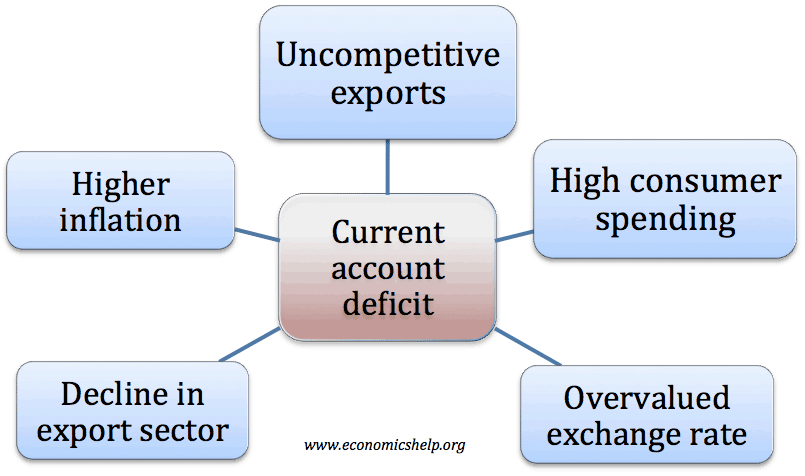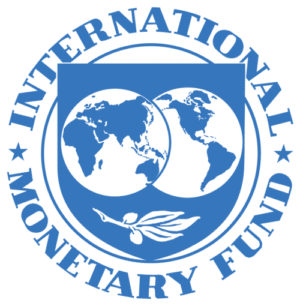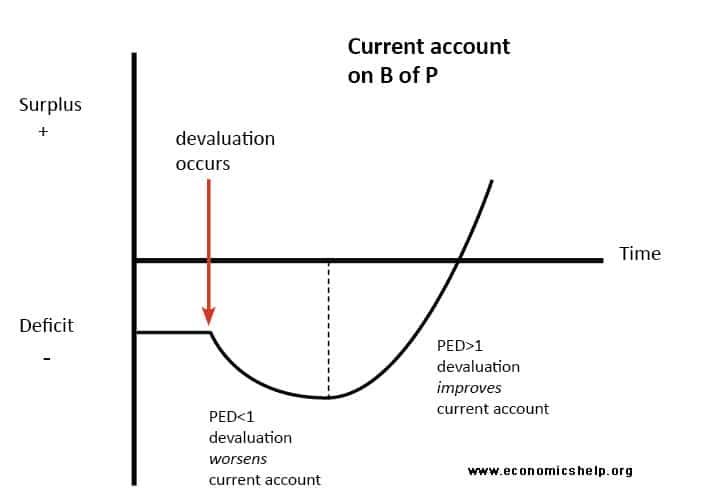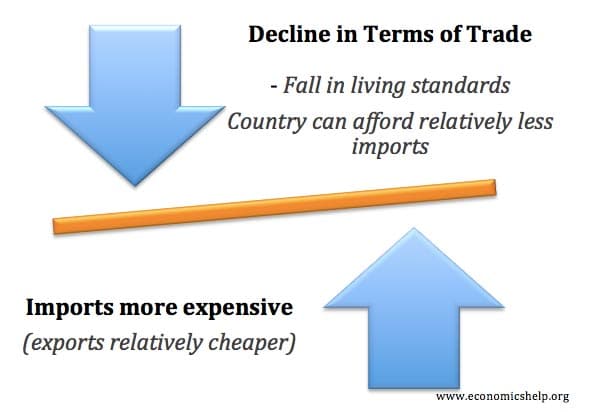Pros and cons of Financialisation
Financialisation is a term used to describe the increased role of the financial sector in a modern economy. Source: NYT 2013 Financialisation also refers to particular trends in the financial sector of the economy. This includes: Increased use of financial intermediaries Increased use of futures markets. For example future contracts for bonds, shares, currencies and …





